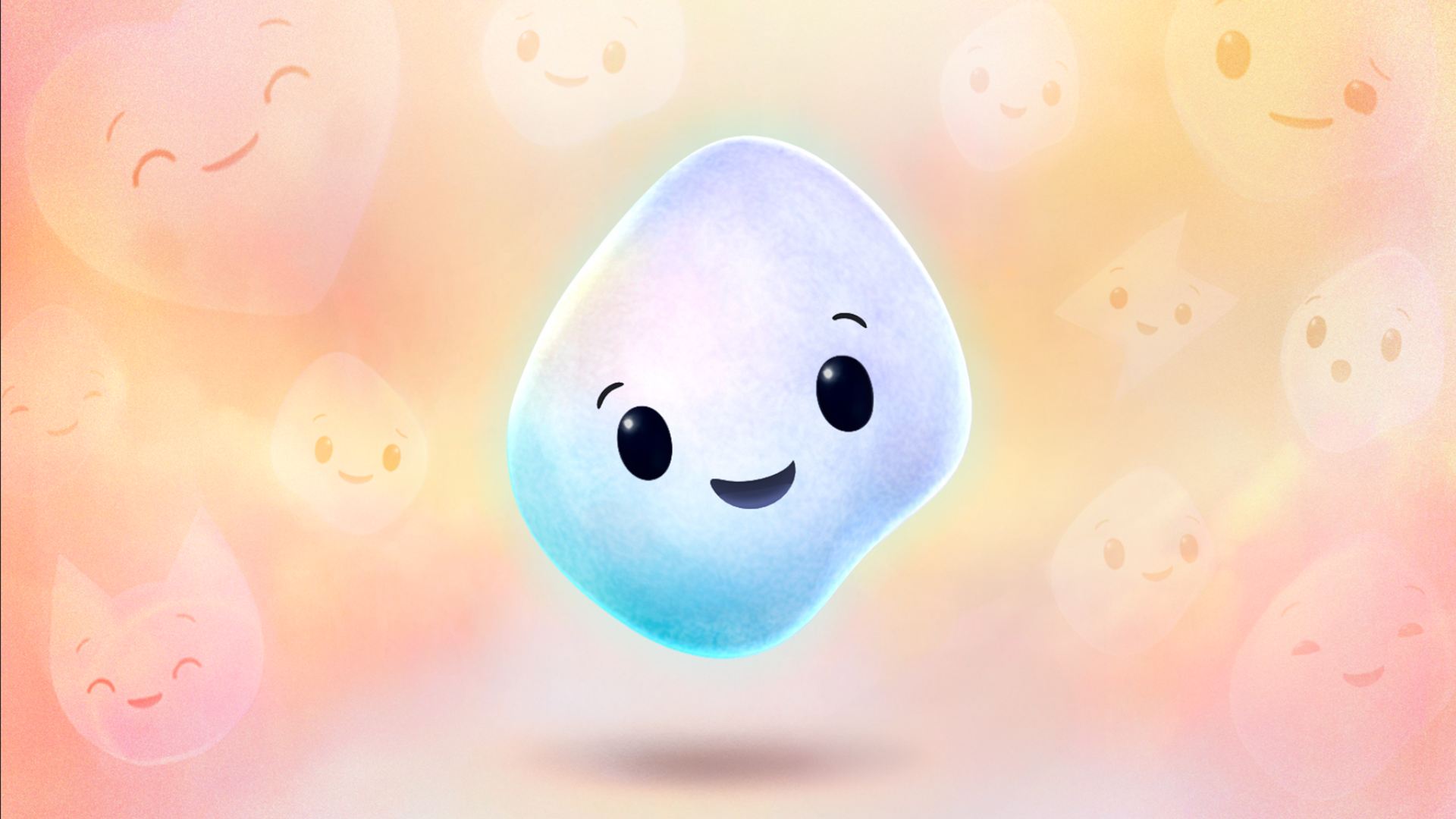
- Microsoft has begun testing Copilot Appearance to give the AI assistant a more distinct personality
- The feature imbues Copilot with real-time expressions and gestures
- Copilot Appearance is part of a broader push to give Copilot a persistent identity
Microsoft has decided to put a face on its Copilot AI assistant with a new feature called Copilot Appearance. Rolling out to a limited set of users in the U.S., U.K., and Canada as part of Microsoft’s Copilot Labs, Appearance is a sort of animated cloud and has a smile instead of just a disembodied voice. Microsoft is hoping Appearance will help make Copilot more enduring as a tool for regular engagement, not just occasional questioning.
It’s an idea that fits with how the company’s consumer AI head, Mustafa Suleyman, envisions the future of Copilot. As he explained in a recent interview, Suleyman sees a more human-like Copilot, one that carries what he calls “digital patina” as it ages, accruing history and personality based on time spent with a user.
The Appearance feature is an aspect of that idea. It gives Copilot facial expressions and subtle animations to respond in real time as you talk or type. So you might see a smile when it provides information, or a nod of encouragement when you provide follow-up details. Perhaps even a furrowed brow if you ask for something difficult.
You may like
The obvious comparison for any Microsoft AI personality attempt is Clippy, but this is, theoretically at least, a far cry from the old paperclip with eyeballs. Unlike Clippy, this assistant doesn’t pop in uninvited or ask if you’re writing a letter. It will only talk to you when you start a conversation, and it’s supposed to exist quietly in the background. But it will remember what you’re doing, and that memory lasts.
Appearance and personality
It’s the continuity of the memory that makes it possible for Copilot to become as personal as Suleyman wants. Combined with other recent Copilot upgrades like voice mode and vision capabilities, Suleyman hopes Copilot will understand both what you want in the moment and who you are overall.
Of course, for now, the visual character isn’t doing anything wild. It won’t animate a full scene or wave its arms around like a Pixar sidekick. It’s more like a friendly desk plant that also edits your reports. Microsoft is moving slowly here for a reason. Other platforms that heavily leaned into character-based chatbots have encountered issues with users becoming overly attached to an AI companion.
The risk, of course, is that some people will start thinking of it that way. The goal is to earn a user’s trust, but not so much that people forget this is still a tool. But if Microsoft keeps going down this path, it will need to draw some clear lines.
Appearance is a layer of presence and polish. It’s also a preview of an AI that shows how it is reacting to us with facial expressions and body language, something anyone can understand. But, I still don’t want to see Copilot raise its eyebrows and roll its eyes sarcastically at requests it thinks are dumb.
You might also like
Services Marketplace – Listings, Bookings & Reviews
